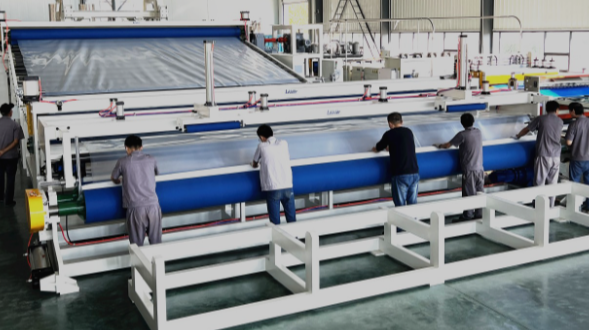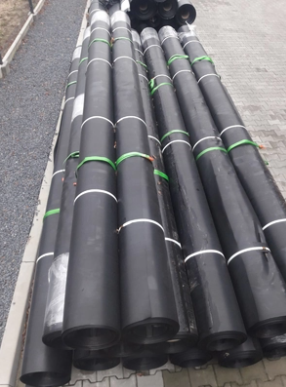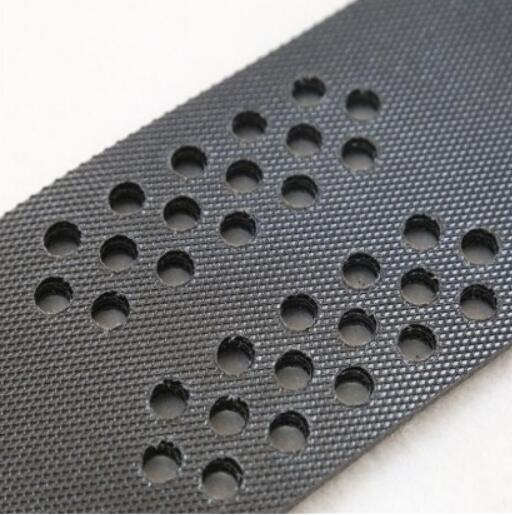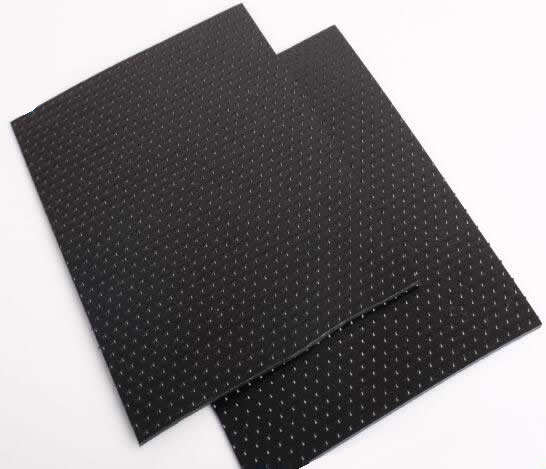- Understanding the Role of Geomembrane Liners in Waste Management
- Innovations in Geomembrane Liners for Water Management
- Geomembrane Liners: A Comprehensive Guide
- The Future of Geomembrane Liners in Civil Engineering
- Geomembrane Liners: Enhancing Landfill Stability
Manager:Alvin Wang
WhatsApp:+62 8983806051
Tel:+86 10-5797-1075
Email:steelwang@okorder.com
Address:3rd Floor, No.2 Building, No.1 Sanlihe Road
What are the three types of geomembrane?
Geomembranes are artificial barriers for stopping the flow of liquids and gasses that pollute your environment; these liners also prevent the contaminants from reaching those structures underneath. The materials used to make these different kinds of liners vary and have distinct characteristics, applications, and benefits.

Understanding Geomembranes
Geomembranes refer to synthetic polymers or composites that do not allow passage of any fluids. They are the most critical elements for keeping liquid and gas in a particular area because they are used as part of landfill containment systems, ponds, reservoirs, wastewater treatment facilities and so on. They are mostly installed as covers or liners to avoid soil contamination, water pollution and even other terrestrial natural habitats.
1. hdpe Geomembrane
High-Density Polyethylene (HDPE) geomembrane is one of the most common types due to its excellent durability, flexibility and ability to be impermeable. High-density polyethylene (HDPE) resin is mainly used in making HDPE geomembrane which is a very strong thermoplastic material known for being puncture resistant with UV resistance capabilities. It is highly resistant to chemicals thus it finds application in containment systems such as hazardous waste areas containing industrial chemicals or wastewater. With its flexibility it can fit on irregular surfaces without losing its integrity even if there were movements below it. It has become widely popular amongst landfills, ponds, reservoirs and wastewater treatment facilities where as its main objective remains prevention of fluid migration while protecting environment.
2. pvc geomembrane
Polyvinyl Chloride (PVC) geomembrane: This type is widely used because it affordable yet versatile in nature. Polyvinyl chloride resin forms the basis for PVC geomembranes which are mostly made from flexible material characterized by chemical resistivity that makes it easier to weld them together when required. Different thicknesses plus compositions have been developed to cater for the needs of particular tasks in which these materials have found application as landfill liners, secondary containment systems and decorative ponds or irrigation ponds used in agriculture. PVC geomembrane is easy to install and repair thus become economical for all types of protective projects.
3. EPDM Geomembrane
Ethylene Propylene Diene Monomer (EPDM) geomembrane: It is always made from one of the hardest rubbers ever that has a very high elastic limit, can tolerate harsh weather conditions like bright sun rays and knocks around for many years on end. The EPDM rubber constitutes the material out of which this liner is manufactured, an extremely rugged substance capable withstanding extreme temperature variations, ultraviolet light and chemicals among others. The flexibility that this type of geomembrane offers allows it to take the shape of any irregular surface without losing its rigidity. It finds frequent use in applications such as ornamental ponds, water tanks, green roofs and detention basins meant to store stormwater. Since it does not get affected by ozone attacks (ozone resistant) nor oxidation; then its best applications are those done outside where there is direct sunlight or other related environmental effects.
Choosing the Right Geomembrane
Choosing a geomembrane for specific projects requires reviewing several factors including site conditions, environmental regulations, budgetary constraints and performance expectations. Each kind of liner has some positives that make them more suited to given purposes:
-HDPE Geomembrane:Best option when high chemical resistance, durability and ability to be flexibly are required; commonly used in landfills, ponds, reservoirs and wastewater treatment facilities.
-PVC Geomembrane: This option is considered affordable yet also versatile since it can be applied in diverse containment projects; just like landfill liners or even secondarily contained ones besides decorative ponds or agricultural irrigation waters among others.
-EPDM Geomembrane: Due to its high elasticity and weather resistance, it is particularly well suited for outdoor use. It is used in ornamental ponds, water reservoirs, green roofs and stormwater detention basins.

Conclusion
It is therefore important to establish that geomembranes have a crucial function in safeguarding the environment and retaining substances. By understanding the traits and uses of these three major types of geomembrane – HDPE, PVC, and EPDM – engineers and project owners can make informed choices when it comes to choosing the best liner for their jobs. Consequently, selecting an ideal geomembrane whether in landfill leachate containment or water resources protection or stormwater management will guarantee success and sustainability of containment systems as it is a crucial step.
- Previous:Which is stronger polycarbonate or HDPE geomembrane?
- Next:What is the life of HDPE geomembrane?
-
2024-12-05Geomembrane Liners: A Comprehensive Guide






